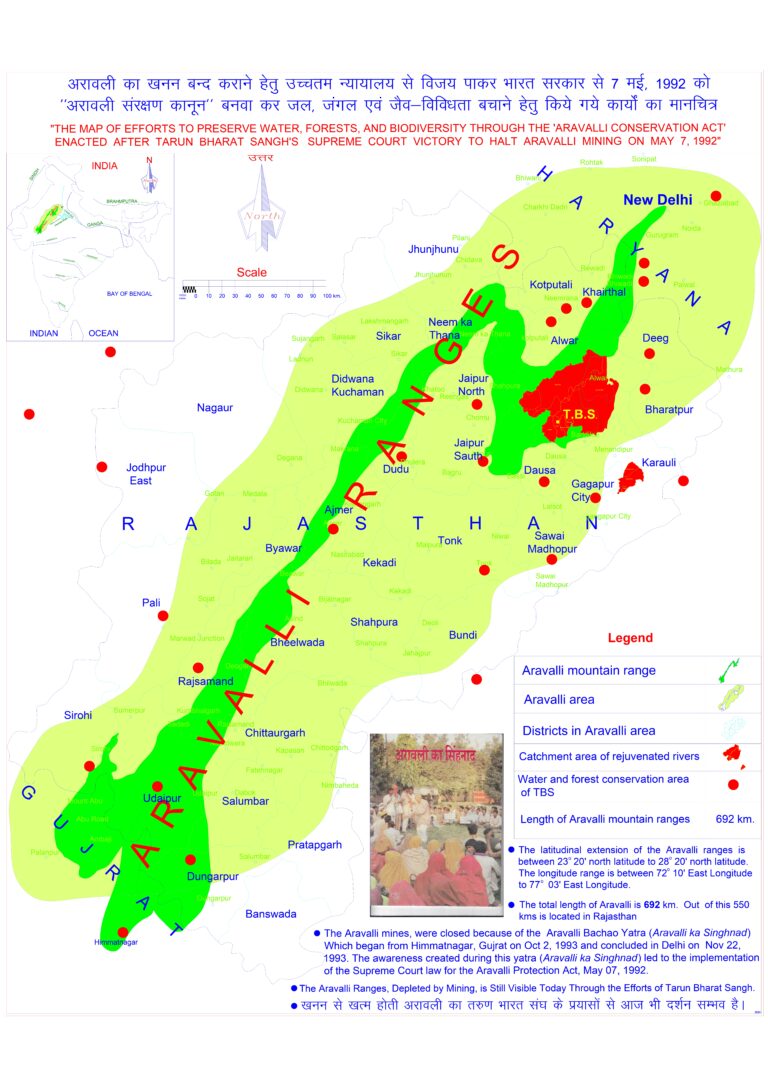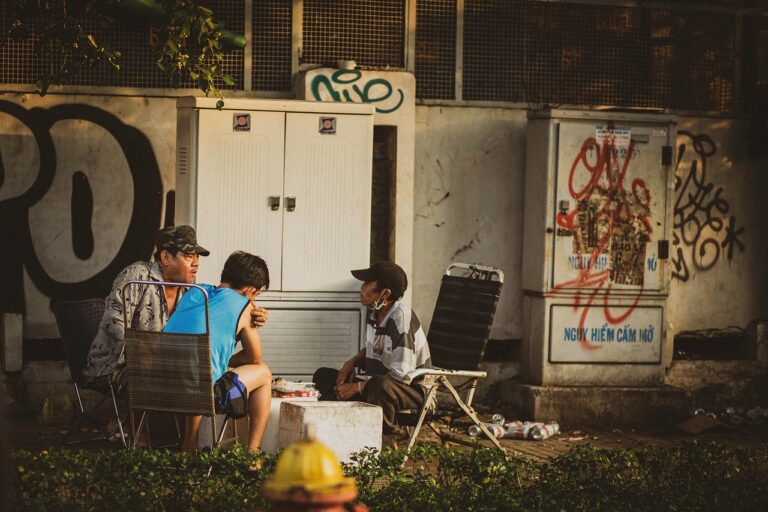
Nitish Kumar
The Nitish Kumar-headed government in Bihar, on Gandhi Jayanti day, released caste based headcount in the State, which is now beginning to show serious implications not only in Bihar but across the country with the ruling Bharatiya Janata Party moving on the back foot when the Lok Sabha elections are not far away. Political circles feel that the caste census move is said to be a masterstroke of Nitish Kumar. Welcoming it, Rahul Gandhi demanded the nationwide exercise of castes, while Prime Minister Narendra Modi opposed it, accusing the Congress Party of dividing the Hindus.
All said and done, in the Hindi heartland, the Bihar caste census has provided a fresh lease of life for Mandal Politics. surprisingly, the Congress Party is taking the lead in the caste census with Rahul Gandhi saying “Jitini Aabadi Utna Haq”. In fact, the Congress Party had called the Congress Working Committee meeting on October 9, 2023, to discuss the issue further because of its far-reaching implications. The BJP called the Bihar government’s caste count as “ false” and an “ eyewash” and said it would respond after going through the report.
Both Chief Minister Nitish Kumar of the Janata Dal (United) and his deputy Tejashwi Yadav of the Rashtriya Janata Dal expressed confidence that the Bihar survey would provide an impetus for a nationwide caste census. Nitish Kumar urged various political parties to come forward for an all-party meeting to discuss the issue further to reach a consensus on the basic issue of to what extent to increase the percentage of quota in proportion to the population of a particular caste/social group. The political reality is caste continues to be the building block of electoral coalitions across India.
The Bihar government decided to term it a “caste-based head count” —and not a “caste census” —- to escape a legal tangle since the Union government made it clear in Lok Sabha that it would not be legally tenable to hold a “ caste census” in the country since the law provided for only counts of Scheduled Caste and Scheduled Tribe groups. Bihar data shows that the politically sensitive 113 caste groups known as the extremely backward classes (EBCs) constitute the largest portion at 36%, along with the other backward classes at 27%, which amounts to 63% of the total 13 crore population of the state. the caste- wise break up in the state shows that “upper caste “ groups among Hindus, considered BJP’s mainstay, account for only 10.6% — Brahmins 3.7%, Rajputs 3.4 %, Bhumihars 2.9 % and Kayasthas 0.6 %. Muslims constitute 17.7 % of the state population.
The BJP fears that the caste census in Bihar would benefit the Nitish Kumar-led six-party grand alliance—the JD(U), the RJD, the Congress and the three Left parties—-which appears to be placed more than comfortable for coming to Lok Sabha and later for State Assembly elections. The latest census says that Yadavs alone constitute 14.3% of the total state population. Nitish Kumar’s caste —Kurmi— constitutes only 2.9%. Muslims, who support the grand alliance constitute 17.7% of the total population. In contrast to the OBC groups, the “upper castes”, categorised and put in the general category, account for 15.5% of the state’s population, while the SC groups make up 19.7% and STs only 1.7% of the state.
Bihar has 40 parliamentary seats, of which the BJP won 17 in the last Lok Sabha elections in 2019. Today, the BJP is trying to repeat its 2019 performance. In 2019, the BJP was part of the National Democratic Alliance in league with Nitish Kumar’s JD(U) and late Ram Vilas Paswan’s Lok Janshakti Party.
Even senior BJP leaders from the state today indicate that things are very bad in comparison with the Nitish-led six-party grand alliance. The only option for the BJP in the present circumstances in Bihar is to walk the extra mile to win over other smaller parties, not in the NDA. The BJP will have to draw up a special strategy to build better chemistry including tie-up with the Bahujan Samaj Party led by Mayawati, whose support lies among Chamar and Mochi castes.
The Bihar census had a cascading effect on the adjacent major state of Uttar Pradesh. Samajwadi Party chief Akhilesh Yadav said that Bihar’s caste survey is the arithmetical basis of social justice and has established that PDA ( Pichhde, Dalit, Alpasankhyak) will decide the future of politics in India. Akhilesh further said that the caste census was the way ahead to ensure the country’s progress and it was not about a conflict between 85% and the remaining 15%. He said that it will open new options for all those who are not dominant. People, who propagate the idea that every individual is entitled to his due, will not only back such an exercise but will welcome it as well.
As we know, today, the Supreme Court is hearing the petitions challenging the legality of the caste census exercise. In August, the Patna High Court upheld the Bihar government’s right to carry out this survey. Bihar government’s basic argument is that caste census would help to frame new welfare packages since many castes were still rotting in poverty and there is a need for “development with justice”. Here Bihar is not an exception. Neighbouring Odisha this year kicked off a survey on the social and educational status of backward classes. This trend is almost sure to spread as elections are fast approaching.
The major worry for everyone in the country today is can caste reservations exceed the present 50% cap, a ceiling imposed by the Supreme Court. Political observers feel that if the present status quo is disturbed then there will be a strong backlash from the upper castes. The Prime Minister has already accused the Opposition of trying to decide castes. If the government goes for caste-specific sops, it would further divide society. Further, these consequences may not be limited to politics. Existing statutes, such as a 50% ceiling for reservation for jobs and education that was endorsed by the Supreme Court, could receive renewed scrutiny.
*Senior journalist





